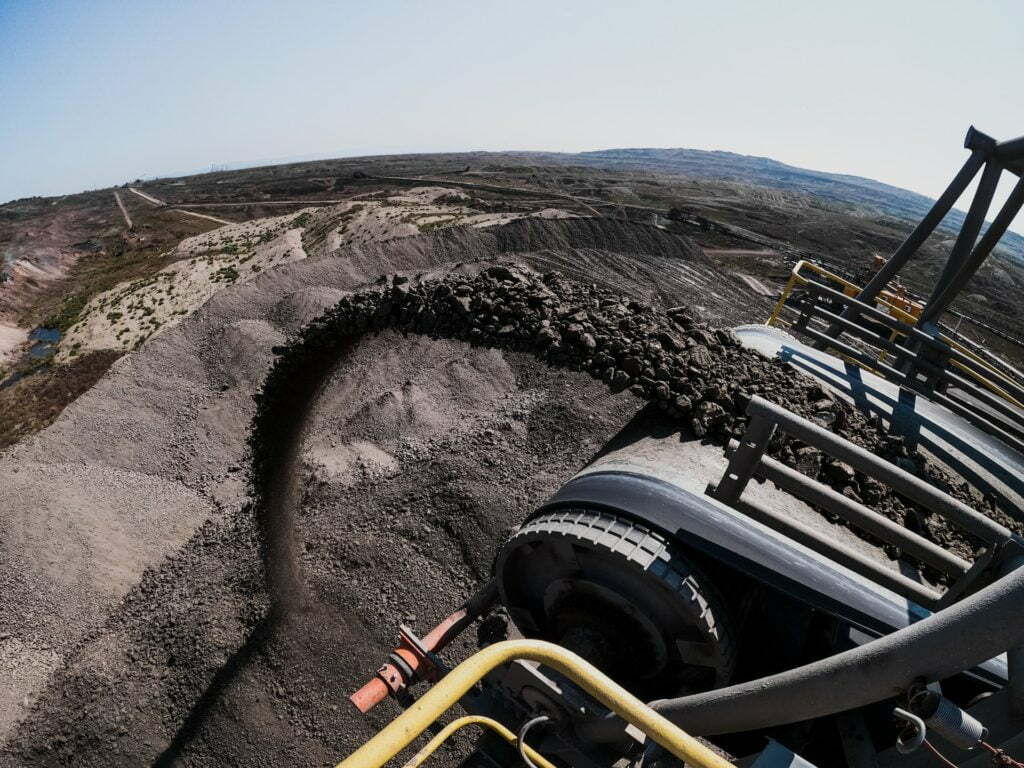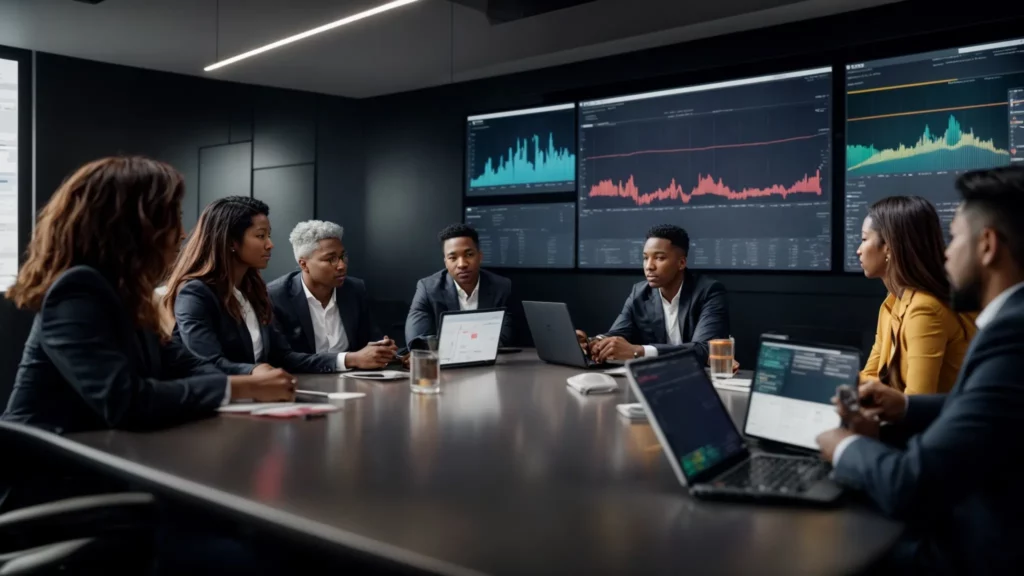Mining operations are diverse businesses with complicated schedules and appointments to keep (especially with Covid-19 lockdowns shutting many operations around the United States, North America, and the entire world). They lean on a variety of unique sectors and the integration of collaboration tools to create profit and expand into new and exciting market opportunities. As the manager of a mining business, you surely know the power of innovation and research, as well as a hiring process that focuses on key shortfalls that already exist within your customer service and mine site teams. However, it can be easy to get bogged down in the minutiae of daily appointments, scheduling conflicts, constant reminders, and other tasks while losing sight of the big picture in the process.
Mining takes a commitment to the little details. Details that difficulties like Covid-19 can introduce uncertainty into. Here, you can expect a rundown of many of the processes that combine to create a robust and agile mining operation that can compete on the world stage.
Engage with high-quality research systems.

Mining firms rely on strong systems of research. In order to identify new locations for extraction, GIS systems, ground intelligence, and government regulatory investigations must all be second nature to your core exploration team. Gold, coal, diamonds, and all other mineral resources don’t bother with the hastily drawn lines on a map that signify country or local territory designation, but you must.
One of the most important subsets of your research team must be the GIS unit—or Geographic Information Systems. GIS researchers perform core competencies that are crucial to finding new spaces for mineral operations development.
A GIS project can uncover layers in the topsoil or agriculture that suggest a hidden treasure beneath the earth. In addition, GIS researchers double as database managers capable of creating and managing key information sets about your current operational sites, as well as prospective new additions. By organizing these roles under the purview of an information manager that thinks spatially rather than simply with a spreadsheet of data points, you can rewrite the manner by which you conduct and expand your business.
Similarly, firms like Alamos Gold, Turkey focus their energy on government cooperation. It won’t do an ounce of good to find new sources of mineral resources if you haven’t scheduled meetings with local representatives and received the appropriate permissions necessary to operate in new localities, countries, or even continents. All of your back-end processes must operate in tandem in order to create and continue to enjoy the successes of your labor. Don’t let any of the research requirements slip through the cracks of your operation.
Hire great talent.

Mining firms rely on talented individuals with mastery of collaboration tools to make the business move. Alamos and others have to contend with direct customer experience metrics as well as vendor consultations and a hectic schedule of events that run the gamut of size, location, and purpose. Hiring talented workers in each of your business sectors is a must when it comes to an industry of this magnitude. Mining firms have to recruit physical labor talent in order to extract the resources themselves, of course, but this isn’t where the job ends. Office staff and advertising agents must remain in constant contact with the help of a virtual contact center or other solution with clients all over the world and of varying sizes.
Your sales and advertising teams must remain agile and hold a commitment to working through problems alongside their colleagues from other departments. Because mining firms work with so many different end-users, there are a ton of different needs that clients bring to the table when approaching a supplier for minerals, gold, or other commodity assets. Mining operations deal with jewelry producers, energy suppliers, and high-tech manufacturing on a regular basis. These industries share a common commodity need, yet their specialized requirements couldn’t be more different.
Utilizing virtual interview scheduling software to help you streamline the interview process and the resulting hiring and onboarding process in order to target top industry talent and improve the overall customer experience is something that more mining operators are integrating into their processes. Weeding out unqualified candidates early on in the hiring cycle will help you identify key workers who can help grow your brand with ease, and quickly.
Firms like Alamos are using these systems, as well as businesses that operate within and beyond the mining space. Recruiters have learned to leverage these metrics in their hiring and candidate screening processes, and so too have businesses incorporated these techniques directly in recent years.
Target new and exciting opportunities quickly and aggressively.

One of the most important things you can do in the mining industry is to move fast on a new project. When your research and development teams uncover data that suggests a new opportunity for expansion, waiting will only allow others to catch up. Every firm is looking for the exact same set of features with a slightly different methodological approach to the search process. This means that if you uncover a “goldmine” first, you will have the competition right at your heels. Inaction is something you can’t afford.
A solid team of researchers and office staff with state-of-the-art equipment like interview scheduling software, customer experience technology, and virtual contact center solutions can help you stay at the forefront of your industry.













